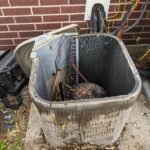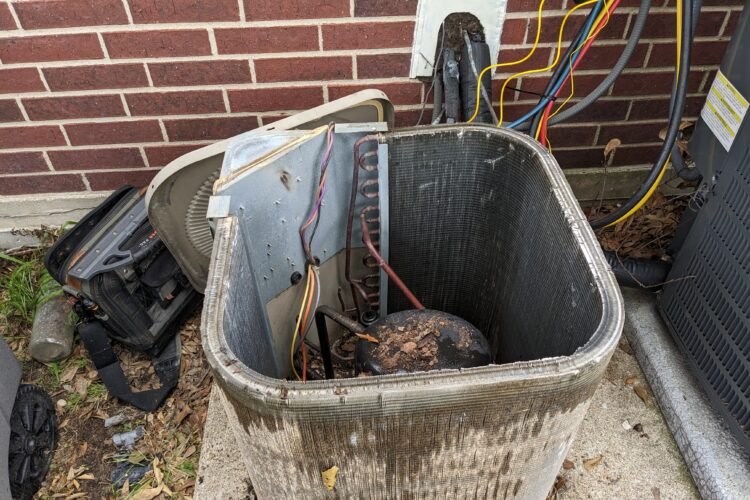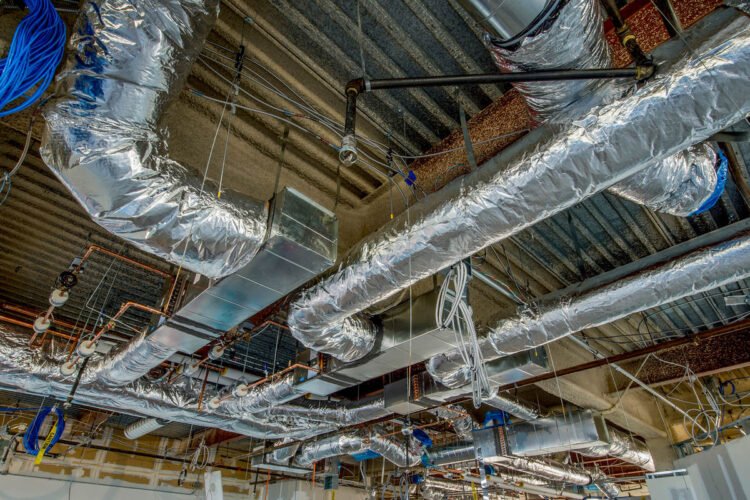Your AC Might Be Banned Soon: What to Know About R-454B
🏡 A Summer Surprise You Didn’t Ask For
Remember when keeping cool was just about flipping the switch on your thermostat? Well… welcome to 2025, where your trusty old AC might be the next thing on the “upgrade or pay up” list.
Thanks to new federal regulations, R-454B is set to become the new standard refrigerant for most residential and light commercial HVAC systems. That’s great for the planet, but not so simple for homeowners with older units. If your system can’t take R-454B, you could be facing higher repair costs—or the big decision to replace your system altogether.
Let’s break down what’s happening, why it matters, and how to get ahead of the curve.
❄️ What Is R-454B, and Why Is It Replacing R-410A?
For decades, R-410A was the “cool kid” of refrigerants, replacing R-22 due to ozone layer concerns. But while R-410A doesn’t harm the ozone, it does have a high Global Warming Potential (GWP)—over 2,000 times greater than CO₂.
The EPA’s AIM Act is pushing for refrigerants with a lower environmental impact. Enter R-454B:
- GWP: ~466 (that’s about a 78% reduction compared to R-410A)
- Energy Efficiency: Works well with modern compressor designs for higher SEER ratings
- Availability: Will be the go-to choice for most new AC and heat pump models after January 1, 2025
⚠️ The Problem for Homeowners
Here’s the kicker: R-454B is not a drop-in replacement for R-410A. That means:
- You cannot simply recharge your old AC with R-454B.
- Systems designed for R-410A must continue using R-410A for their entire lifespan.
- As production of R-410A phases down, the price will spike—some reports already show cost increases of 300–600% in certain regions.
💸 What This Could Mean for Your Wallet
If your AC is:
- Under 5 years old: You’re probably fine for now—just budget for higher refrigerant prices during service calls.
- 5–10 years old: Start planning. Repairs could become more expensive, and parts may eventually be harder to find.
- 10+ years old: It might be more cost-effective to replace your unit with a new, R-454B-compatible model rather than pouring money into an aging system.
Pro Tip: If your AC is on its last legs, replacing it before R-410A prices go through the roof could save you thousands.
🔧 What HVAC Pros Are Saying
Technicians nationwide are already recommending homeowners:
- Get a system inspection now to estimate remaining lifespan.
- Check SEER2 ratings—upgrading can cut energy bills by 20–30%.
- Ask about rebates for high-efficiency or eco-friendly systems.
- Consider financing options to spread out the cost of replacement.
📅 Timeline at a Glance
- Jan 1, 2025: Most new systems will ship with R-454B.
- 2025–2029: Gradual production phase-down of R-410A.
- 2030+: R-410A becomes scarce and expensive, similar to what happened with R-22.
✅ How to Prepare
- Schedule a pre-summer inspection before demand (and prices) spike.
- Ask your HVAC tech if your system is “R-454B ready.”
- Compare repair vs. replace costs using current R-410A pricing vs. projected increases.
- Keep maintenance on point—a well-maintained system lasts longer.
📣 Final Word
This refrigerant change isn’t just another industry trend—it’s a regulatory shift that will affect nearly every homeowner at some point. Staying informed now means fewer surprises (and bills) later.
If you’re in Portland, Oregon or the surrounding area, our team at Duct Guys can walk you through your options, run a system health check, and help you decide whether to repair, upgrade, or replace—without the pushy sales pitch.
📞 Call us today at 832-562-0864 or visit theductguys.com to book your inspection.





